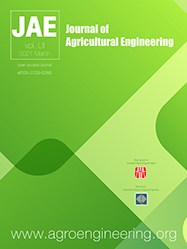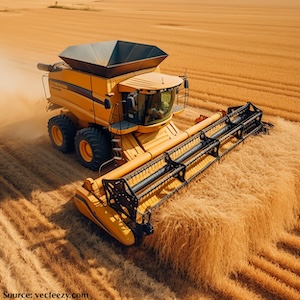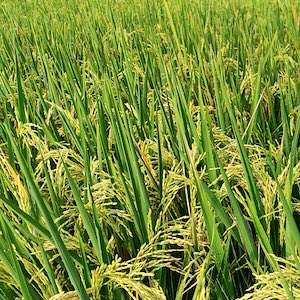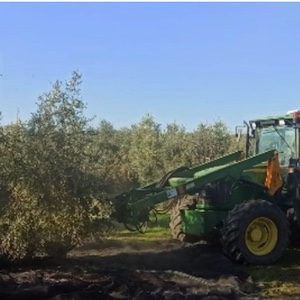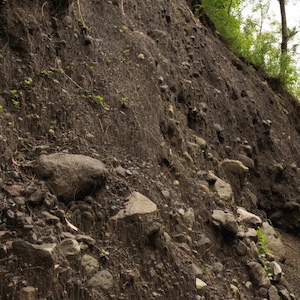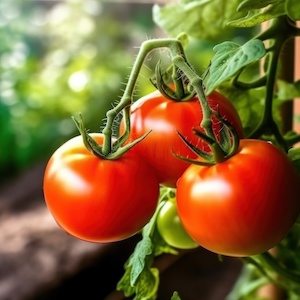Agricultural machinery photoelectric automatic navigation control system based on back propagation neural network
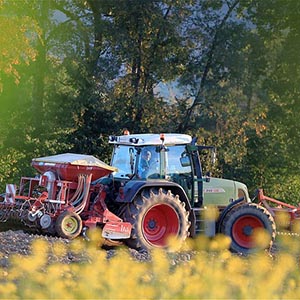
All claims expressed in this article are solely those of the authors and do not necessarily represent those of their affiliated organizations, or those of the publisher, the editors and the reviewers. Any product that may be evaluated in this article or claim that may be made by its manufacturer is not guaranteed or endorsed by the publisher.
Authors
To study the influence of speed factors on the stability of a tractor automatic navigation system, combined with the neural network control theory, the authors proposed a dual-objective joint sliding mode control method based on lateral position deviation and heading angle deviation, using a back propagation neural network to establish a two-wheel tractor-path dynamics model and a straight-line path tracking deviation model. The overall system simulation was carried out using Matlab/Simulink, and the reliability of the control method was verified. The experimental results showed that when the tractor was tracked with the automatic control of a linear path under the condition of variable speed, the maximum deviation of the lateral position deviation was 12.7 cm, and the average absolute deviation was kept within 4.88 cm; the maximum deviation of the heading angle deviation was 5°, and the average absolute deviation was kept within 2°; the maximum value of the actual rotation angle was 3.13°, and the standard deviation of the fluctuation was within 0.84°. Under the conditions of constant speed and variable speed, using the joint sliding mode control method designed by the authors, the dual-objective joint control of lateral position deviation and heading angle deviation could be realized, the controlled overshoot was small, the controlled deviation was small after reaching a stable state, and the adaptability to speed factors was strong, which basically could meet the accuracy requirements of farmland operations.
How to Cite

This work is licensed under a Creative Commons Attribution-NonCommercial 4.0 International License.

